Wool Pellets For Gardening
- February 28, 2024
- 1 comment
In the world of gardening, the quest for sustainable, efficient, and eco-friendly practices is never-ending. Among the myriad of innovations making waves in this green field, wool pellets stand out for their exceptional properties and benefits. Derived from what might otherwise be considered waste wool, these pellets are proving to be a game-changer for gardeners seeking to enhance the health and productivity of their gardens.
The Benefits of Wool Pellets
1. Superior Water Retention
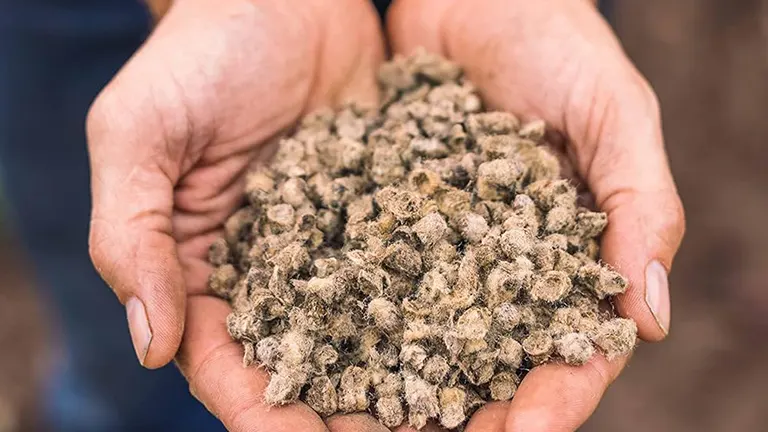
Wool pellets are highly praised for their remarkable ability to retain water, boasting a capacity to hold between 30% to 200% of their weight. This feature is particularly beneficial during dry spells, ensuring that plants remain hydrated without the constant need for watering.
2. Temperature Regulation and Insulation
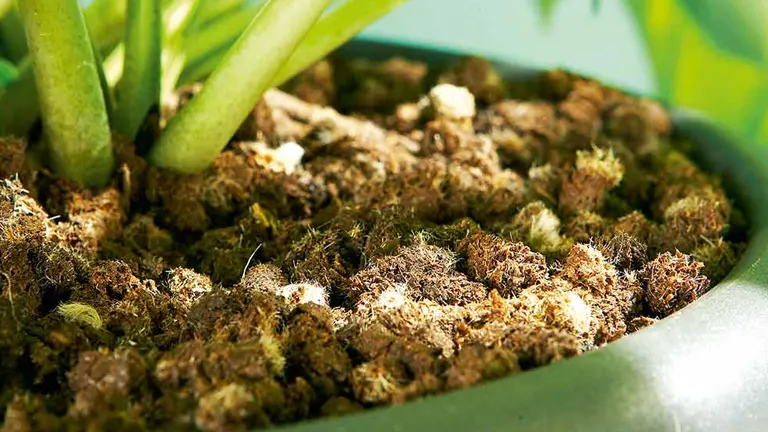
Acting as a natural insulator, wool pellets help to regulate soil temperature. This protection from extreme weather conditions safeguards plants and promotes a stable growing environment.
3. Weed Suppression

The battle against weeds is a constant challenge for gardeners. Wool pellets offer an effective solution by creating a thick barrier that blocks sunlight and prevents weed seeds from germinating, significantly reducing the need for manual weeding.
4. Slow Release of Nutrients
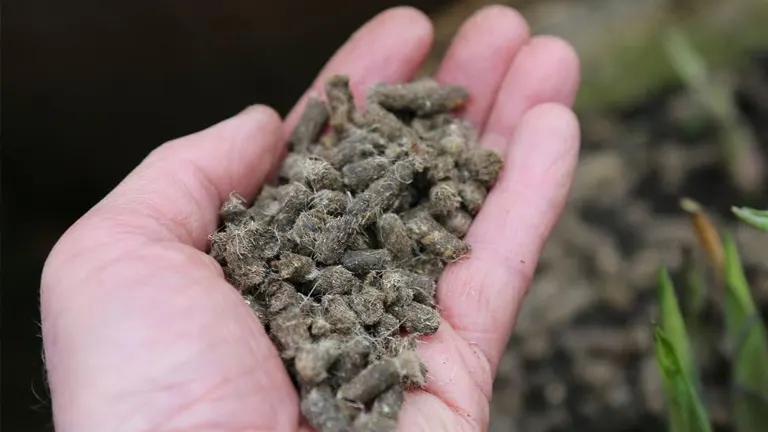
As they decompose, wool pellets slowly release valuable nutrients back into the soil, including a slow-release source of nitrogen, as well as trace minerals like potassium, calcium, and magnesium. This not only enriches the soil but also maintains the mulch’s weed suppression capabilities.
5. Eco-Friendly and Safe
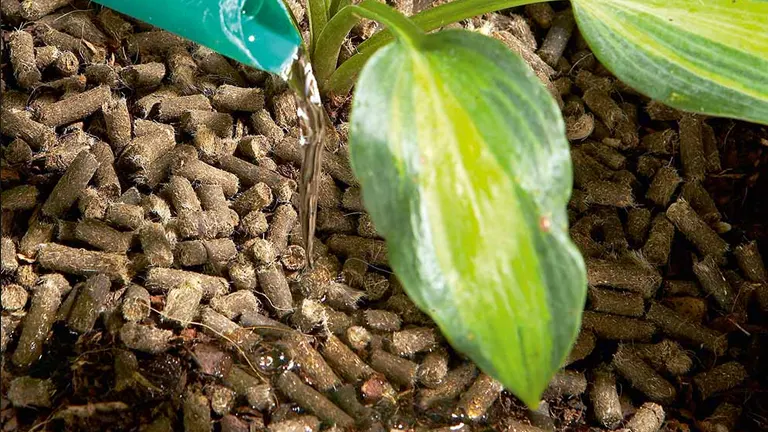
Unlike traditional mulches that may be treated with chemicals, wool pellets are completely natural and free from pesticides or herbicides. This makes them safe for use around children, pets, and wildlife, contributing to a healthier and safer garden ecosystem.
6. Sustainable and Renewable
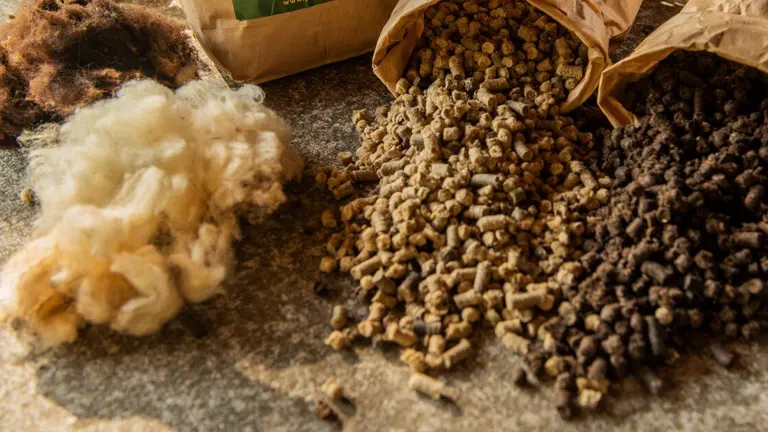
Wool pellets are made from lower quality or coarse wool that is unsuitable for textile production. By repurposing this “waste” wool, the production of wool pellets not only reduces waste but also promotes sustainability within the textile industry. Wool, being a naturally occurring fiber produced by sheep, is both renewable and biodegradable, offering a low carbon footprint alternative to conventional mulching materials.
7. Unique Features
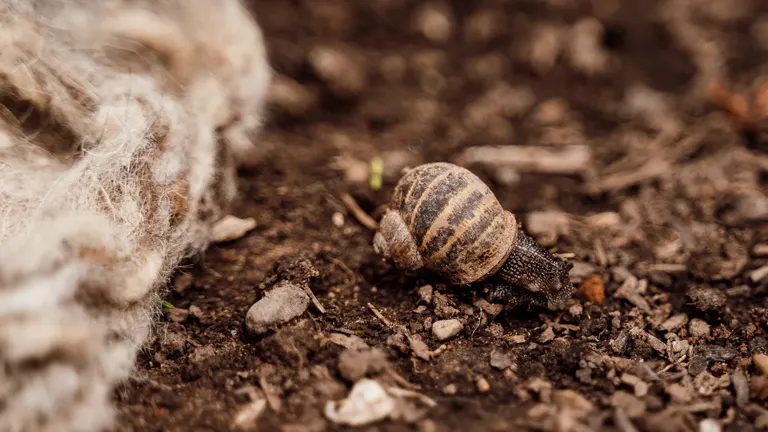
One of the most intriguing characteristics of wool pellets is their ability to repel slugs and snails. This is thanks to the natural oil found in wool, lanolin, which has a bitter taste and an unpleasant odor that deters these common garden pests. By incorporating wool pellets into garden mulch, gardeners can reduce their reliance on harmful pesticides and chemicals.
How to Apply Wool Pellets in Your Garden for Optimal Growth
Wool pellets have emerged as a revolutionary addition to garden management, offering a plethora of benefits including moisture retention, weed suppression, and acting as a natural fertilizer. Understanding how to properly apply wool pellets in your garden, in potted plants, or when preparing soil for new pots or containers is essential for leveraging their full potential.
Applying Wool Pellets in the Garden
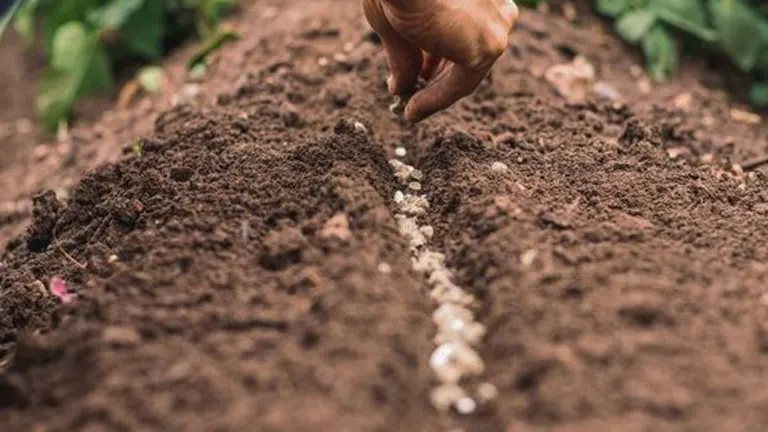
When planting seeds directly in your garden:
- Prepare the Furrow: Space out your seeds in the furrow as per the recommended spacing for the specific plant.
- Add Wool Pellets: Sprinkle the wool pellets into the furrow alongside the seeds, using a similar technique to how you distributed the seeds. Wool pellets are safe for direct contact with seeds due to their low salt content, eliminating the risk of burning the plants.
- Cover Up: Once the seeds and wool pellets are in place, cover them back up with soil. The wool pellets will then start to work their magic, retaining moisture and providing nutrients as they slowly break down.
Mixing Wool Pellets into Soil for Pots or Containers

For new planting mixes:
- Preparation: If you’re preparing soil for a pot or container, determine the volume of soil you will need. A general guideline is to mix a half cup of wool pellets with a gallon of soil.
- Mixing: Incorporate the wool pellets evenly throughout the soil. This helps to ensure that the pellets’ benefits—such as creating porosity and enhancing water distribution—are evenly spread throughout the root zone of the plant.
- Pot Filling: Once mixed, use the soil to fill your pots or containers. The evenly distributed wool pellets will support healthy plant growth by improving soil structure and moisture management.
Adding Wool Pellets to Existing Potted Plants
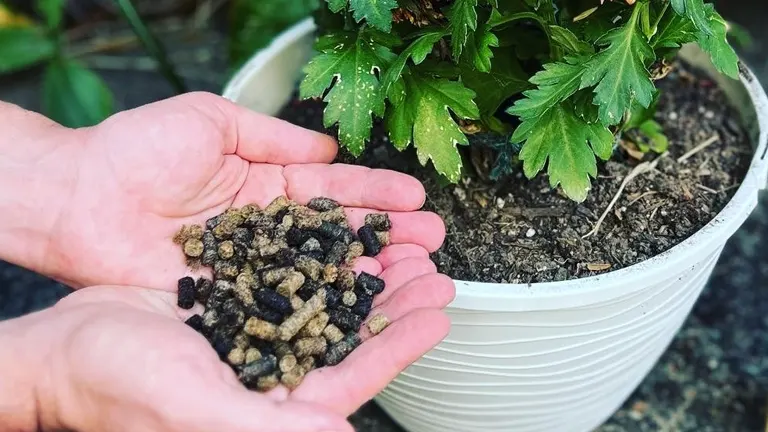
For plants that are already potted:
- Top Dressing: Simply add wool pellets to the top of the soil around the plant.
- Incorporate Gently: Work the pellets into the soil carefully to avoid damaging the plant’s roots. This ensures that the wool pellets are not just sitting on the surface but are integrated into the soil where they can provide the most benefit.
- Water Distribution and Nutrient Release: By integrating the wool pellets into the soil, they help to retain moisture and release nutrients directly to the plant’s root zone, promoting healthy growth throughout the season.
Longevity and Effectiveness
- Biodegradation: When mixed into the soil, wool pellets will typically break down within two to three months, enriching the soil with nutrients and improving its structure.
- Surface Application for Pest Deterrence: If used as a top layer, wool pellets can also act as a physical barrier against slugs and snails, lasting up to 12 to 14 months due to the protective qualities of lanolin in the wool.
By following these guidelines, gardeners can make the most out of wool pellets, benefiting from their water-retaining, fertilizing, and pest-repelling properties. Whether you’re sowing new seeds, preparing a potting mix, or looking to enhance the soil of existing potted plants, wool pellets offer a sustainable and effective solution to many common gardening challenges.
Recommended Product: Wild Valley Farms Wool Pellets
Elevate your gardening game with Wild Valley Farms Wool Pellets, an eco-friendly and organic choice for gardeners aiming for sustainability and efficiency. Made from 100% natural sheep wool, these pellets are not only good for the planet but also offer exceptional benefits to your garden:
Key Features
- Brand: Wild Valley Farms
- Item Weight: 8 Ounces
- Item Form: Pellets
- Coverage: Sufficient for extensive use
- Specific Uses: Organic gardening
- Moisture Management: They absorb and release moisture as needed, cutting down watering by up to 25%.
- Slow Release Fertilizer: Rich in nitrogen and potassium, they feed your plants steadily for six months, promoting healthy growth without the spikes and drops of chemical fertilizers.
- Soil Aeration: Their fluffy nature helps improve soil structure, ensuring better root development and plant health.
Perfect for soil blocks, seed starting, and even deterring pests like slugs and snails, Wild Valley Farms Wool Pellets are a versatile addition to your gardening toolkit. Though some may find them pricier due to their high quality and organic nature, their benefits to your garden’s ecosystem and productivity are invaluable. Give them a try and witness the transformation in your garden’s health and yield.
Conclusion
Wool pellets embody a multifunctional solution for gardeners, offering benefits from moisture retention and temperature regulation to pest repellence and weed suppression. Their use not only contributes to a healthier and more productive garden but also aligns with sustainable and eco-friendly gardening practices. As a product that closes the loop from waste to nourishment, wool pellets stand out as a smart choice for those looking to improve their garden’s health and productivity in an environmentally conscious manner. So, why not embrace this natural, renewable resource and witness the transformation in your garden firsthand?
FAQs
- How do wool pellets contribute to a circular economy in gardening?
Wool pellets embody the principles of a circular economy by transforming waste wool into a valuable gardening resource. This not only diverts material from landfills but also creates a sustainable loop, where every part of the wool’s lifecycle, from sheep to garden, adds value to our ecosystem. - Can wool pellets change the way my garden interacts with local wildlife?
Yes, by using a natural product like wool pellets, you’re likely to see a positive shift in your garden’s ecosystem. They’re safe for pets, beneficial insects, and birds, encouraging a more vibrant and balanced garden environment without introducing harmful chemicals. - Are there any creative uses for wool pellets beyond traditional gardening?
Indeed! Beyond their use as mulch and soil amendment, innovative gardeners have used wool pellets in homemade seed starter pots, as a natural lining for hanging baskets to retain moisture, and even as a component in crafting eco-friendly garden art that doubles as plant support. - How do wool pellets support water conservation efforts in gardening?
Wool pellets are a boon for water-wise gardening practices. Their remarkable water retention capacity means less frequent watering, conserving water resources while ensuring plants stay hydrated. This is particularly beneficial in arid climates or during water restrictions. - What’s the impact of using wool pellets on my garden’s carbon footprint?
Utilizing wool pellets helps reduce your garden’s carbon footprint in several ways. They require less processing and transport than many conventional mulches, are produced from a renewable resource, and their decomposition process is carbon-neutral, making them an excellent choice for eco-conscious gardeners. - How might wool pellets affect the texture and aeration of my garden soil?
Wool pellets gradually break down, adding organic matter to the soil, which improves its texture and aeration. This enhanced soil structure encourages healthy root growth and increases the soil’s ability to hold water and nutrients. - In what ways do wool pellets promote a healthier plant microbiome?
As wool pellets decompose, they not only feed the plants but also nourish the soil microbiome—a community of beneficial bacteria, fungi, and microorganisms. This natural enrichment supports plant health from the ground up, fostering a robust garden ecosystem. - Can wool pellets be part of a permaculture garden design?
Absolutely! Wool pellets align perfectly with permaculture principles, which emphasize sustainable and self-sufficient garden ecosystems. They enrich the soil, conserve water, and support a healthy plant and animal life, making them an ideal choice for permaculture enthusiasts. - What unexpected benefits might I notice from using wool pellets in my garden?
Gardeners have reported several pleasant surprises, including improved soil structure, fewer pest problems thanks to the natural repellent properties of lanolin, and even a slight temperature moderation effect, which can extend the growing season for some plants. - How do wool pellets reflect the ethos of organic gardening?
Wool pellets are a testament to the organic gardening ethos, which prioritizes sustainability, environmental health, and chemical-free practices. By using a natural, renewable resource to nourish and protect your garden, you’re embodying the principles of organic gardening and contributing to a healthier planet.
Interested in wool pellets for gardening? Share your experiences or tips in the comments, and don’t forget to share this guide with other gardeners. Happy gardening!

David Murray
Forestry AuthorI'm David Murry, a forestry equipment specialist with a focus on chainsaw operation. With over 13 years of experience, I've honed my skills in operating and maintaining a wide range of machinery, from chainsaws to log splitters. My passion for the outdoors and commitment to sustainable forestry drive my work, which emphasizes safety, efficiency, and staying updated with industry advancements. Additionally, I'm dedicated to sharing my expertise and promoting environmental awareness within the forestry community.

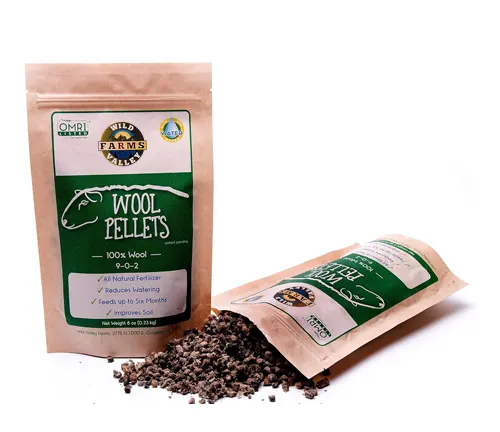



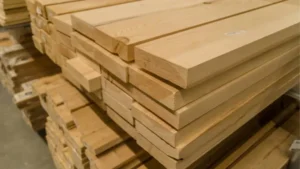
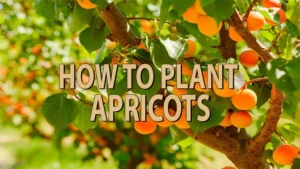




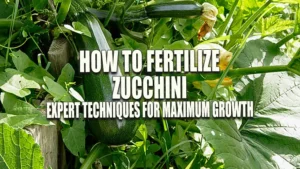
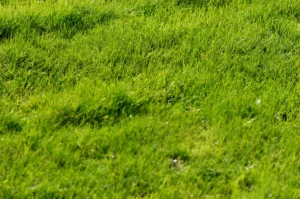

Interesting David!
Selena
February 28, 2024 1:46 pm